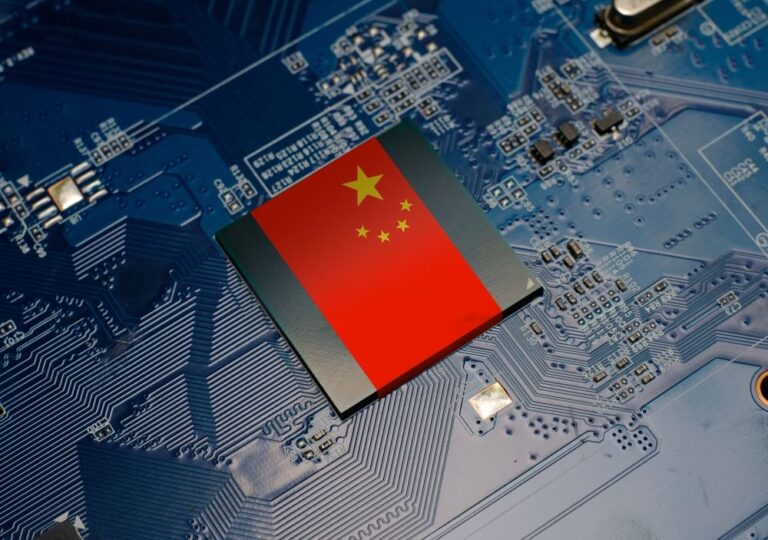China wants to dominate global semiconductor manufacturing, but its ambitions are being thwarted by the harsh reality of low domestic production rates. According to a graph in the Nikkei report, China’s domestic semiconductor manufacturing tool makers produce 20% of the tools used in the country’s semiconductor manufacturing, but the production rate for the crucial lithography tools is currently just 1%. This means that the East Asian nation needs to invest more in domestic semiconductor manufacturing tool companies to be self-sufficient in meeting its semiconductor manufacturing demand.
“The people on the ground (semiconductor manufacturing companies and equipment manufacturers) are at a loss, but it’s hard to say that,” said Yuji Miura, a senior researcher at the Japan Research Institute, in an article in the Nikkei newspaper.
According to data compiled by Nikkei based on data from the Ministry of Economy, Trade and Industry, the China Academy of Commerce, the Semiconductor Industry Association, and the Boston Consulting Group, China’s domestic production rate for semiconductor manufacturing equipment is about 20%, with the crucial exposure and development equipment (photolithography) being less than 1%. Expand the tweet below to see a machine-translated version of the compiled data.
China’s domestic semiconductor production is tough, with most manufacturing equipment self-sufficiency rate below 20% https://t.co/VDCUSMG7RBJune 11, 2024
These figures show how China’s semiconductor industry is at the mercy of outside forces. Beijing will likely be years, if not decades, short of its targets as the United States moves to block China’s access to advanced technology. U.S. measures include banning ASML from servicing some high-performance chipmaking tools in China, meaning advanced chip production in China could grind to a halt.
Still, Chinese President Xi Jinping has said China doesn’t need ASML to develop its own technology. Beijing is pouring billions of dollars into developing its domestic semiconductor industry, and companies such as Nowra Technology and AMEC are investing in lithography tools to help China wean itself off its reliance on ASML.
However, despite the bans, sanctions and tariffs imposed on China by the US, China continues to steadily build up its domestic semiconductor industry. China’s Zhaoxin released its domestically produced KX-7000 CPU in March 2024. While only comparable in performance to 2018 Intel and AMD chips, the KX-7000 boasts twice the performance of its predecessor, the KX-6000. Huawei has also found a way around the US ban on access to 12th Gen Intel CPUs by introducing its own Kirin 9000C processor.
Another way China can circumvent Western sanctions is by innovating on older but mature nodes. One example is Huawei’s mass production of 7nm chips without using EUV technology, which surprised many large global semiconductor companies. Chinese companies can also focus on open standard technologies that some tend to overlook, such as RISC-V. Since open standards are accessible and available to anyone, it would be difficult for the US to legally block Chinese companies from using this technology.
Meanwhile, Beijing needs to continue pouring money and manpower into its chip-producing capacity to keep up with the West. Unless it miraculously thwarts U.S. sanctions or ramps up domestic chip manufacturing capacity overnight, Beijing’s global chip dominance will likely remain a pipe dream.

